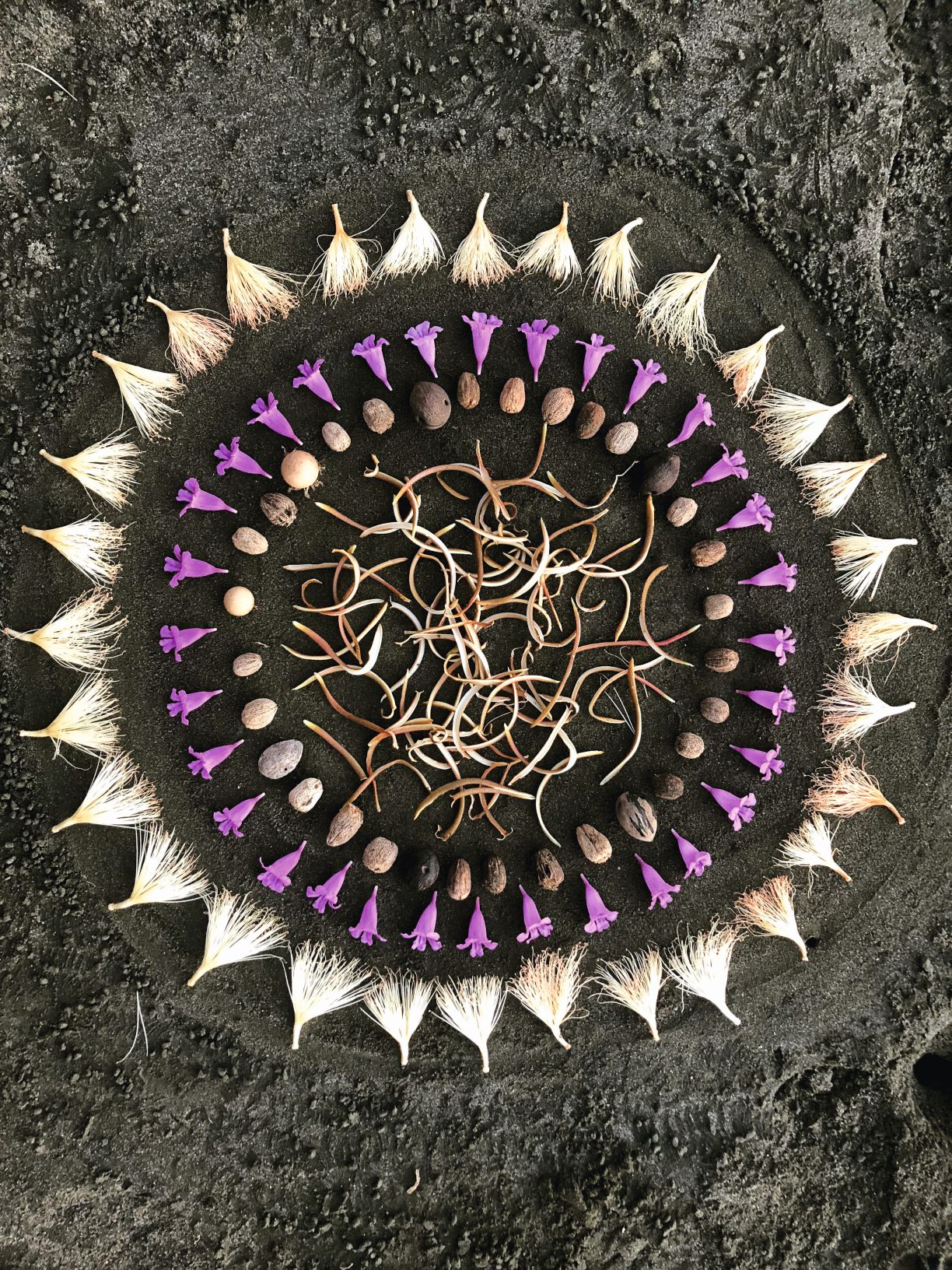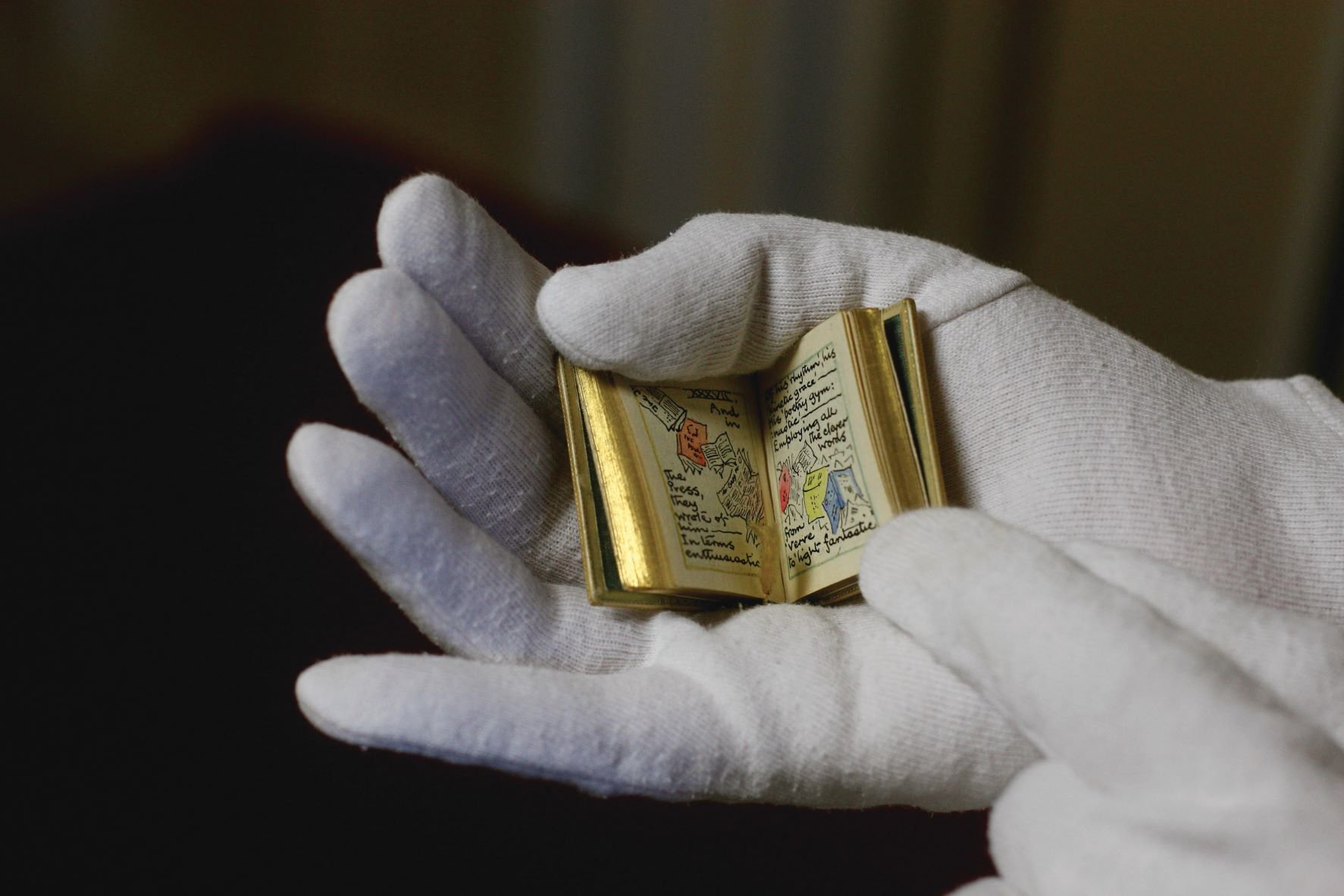Photography by @coloursofmyday
In our March issue, we’ve looked at mandalas so we thought we’d get to know a little more about one of their most famous fans
TST: Hi Carl <pats couch>. Take a seat and make yourself comfortable. We’ve a few questions for you that might help you achieve a sense of selfhood (more on that later). Let’s get started. Tell us about your childhood.
CJ: I was born on 26 July 1875 in Kesswill in Switzerland. My father, Paul, was a Protestant clergyman but was lapsing by the moment. My mother, Emilie, suffered from very poor mental health, and when I was three, had to leave us to live temporarily in a psychiatric hospital. Now that I mention this, I wonder if perhaps this had some influence on my career as an adult. Ha! Funny the things that come out in therapy, eh? I was alone a lot as a child, having no brothers or sisters, but I wouldn’t say I was lonely. I enjoyed observing the many adults around me and learning from them. In fact, I believe I was always happiest when alone with my own thoughts. I say ‘alone’. Obviously, I always had my sense of self to chat to, as well...
TST: Well, quite. What was your education like?
CJ: I attended my local village school but my father also taught me Latin at home. The village school wasn’t all that if I’m honest. I was a keen student and interested in many aspects of science and the arts. It was expected that I would follow my father into a career in religion. But that hadn’t worked out so well for the old man himself, it seemed pretty clear. So I decided to study medicine and went to Basel University to study in 1895 and in 1902 I received my medical degree from the University of Zurich. Later, I decided to specialise in psychology and went off to study in Paris… Is this all strictly relevant?
TST: No, but it’s nice to have some context. Let’s move on to affairs of the heart…
CJ: I met the great love of my life, Emma Rauschenbach in 1903. We married and had five children together. As well as being my wife, and bringing up my children, she was my scientific co-worker for many years. You could say I kept her pretty busy. We were together until her death in 1955…
TST: Do help yourself to a tissue. They’re on the table. Let’s talk more about your work life. How did you come to be a psychologist?
CJ: While studying in Zurich I worked as an assistant to Eugen Bleuler, who you may now know as one of the pioneers in the study of mental illness. During this time, I and a few others, worked on the ‘association experiment’ which looked at groups of subconscious ideas in the mind (I tend to call the mind ‘the psyche’. It sounds much posher don’t you think?). I digress… The unconscious associations or ‘complexes’ can bring about anxiety or other inappropriate emotions. Around this time, I read Sigmund Freud’s Interpretation of Dreams which confirmed all my beliefs on complexes. Sigmund, it must be said, had a filthy mind and thought everyone was subconsciously thinking about sex most of the time. Lord! You could barely peel a banana without the man having something to say about it. I was more interested in mysticism and ‘higher things’. But that didn’t stop us becoming firm friends. For a while.
TST: So the friendship ended badly?
CJ: It did. One of my greatest sadnesses. Things were so rosy when we met in 1907. It was widely thought that I would continue Siggy’s work when he died (he was older than me, as well as more filthy-minded, you know). But it was not to be. Our temperaments and beliefs were too different. When I published Psychology of the Unconscious in 1912, Siggy took the right hump. I had deigned to disagree with some of his dearest beliefs and principles. The friendship limped on for a while but he shut me out of his in-crowd. It was no real loss to me, professionally. I’ve always worked better alone. And anyway, I was sick of his disgusting double-entendres. It was like living with Benny Hill.
TST: So where did life take you after Freud?
I launched myself into some deep self-analysis, hoping to discover my ‘true self’. I lived for a while among primitive tribes, everywhere from Mexico to Kenya, and travelled the world, studying various belief systems in hopes of discovering more about the archetypal patterns that inform the self. I brought back with me many fine ideas, one of which was that of using the mandala to discover one’s selfhood. If I’d known the darn things would be all over Instagram one day, I might have left them where they were. Still, I’m pleased to see their popularity has brought so many people a little peace in a busy world.
If you’re interested in mandalas, and would perhaps like to create one of your own, pick up a copy of our March issue, in shops now.
Get hold of your copy of this month's The Simple Things - buy, download or subscribe






